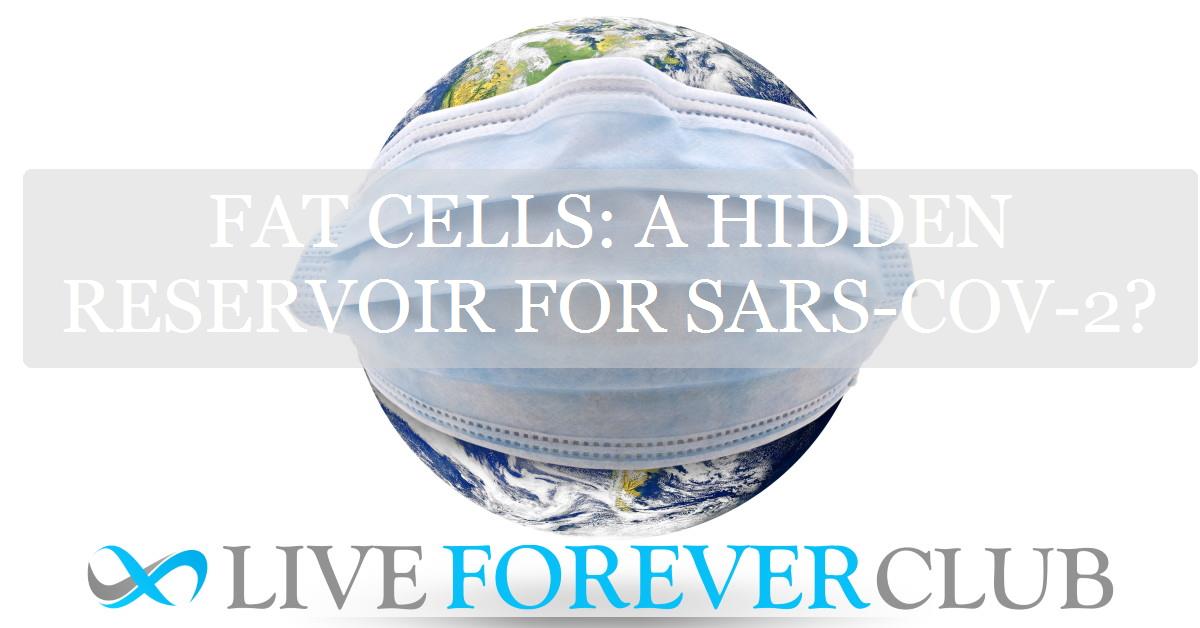Key points from article :
Researchers at the University of Campinas (UNICAMP) in Brazil have found that SARS-CoV-2, the virus responsible for COVID-19, can infect human fat cells (adipocytes) and potentially use them as a reservoir. This discovery, though still preliminary, may explain why individuals with obesity face a higher risk of severe illness. The study is led by Marcelo Mori and is supported by the São Paulo Research Foundation (FAPESP).
The research shows that adipocytes provide a more favourable environment for the virus than other cell types, such as those in the lungs or intestines. The virus replicates more effectively in aged fat cells, which are more prevalent in older adults and those with obesity. This suggests that senescent (aged) fat cells could contribute to higher viral loads and increased disease severity.
The team is now investigating whether the virus can exit infected fat cells and spread to other tissues, as well as how SARS-CoV-2 alters adipocyte function. If the virus disrupts fat cells’ ability to regulate metabolism and immune responses, it could have far-reaching effects beyond COVID-19. Future studies will explore whether drugs that eliminate senescent cells (senolytics) could reduce viral load and improve patient outcomes.







